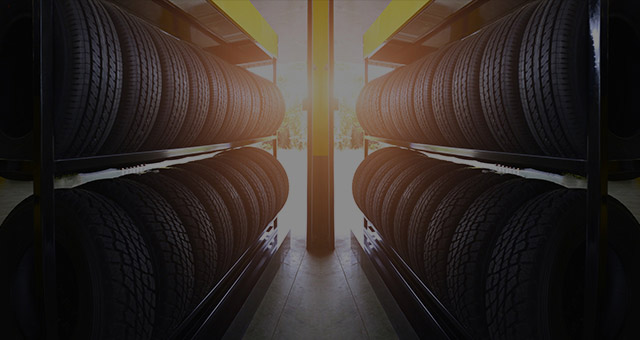Discover Top-Quality Tires Morris IL: Pick the most effective for Your Lorry
Discover Top-Quality Tires Morris IL: Pick the most effective for Your Lorry
Blog Article
Tire Service: Recognizing Tire Stress Monitoring Equipments
Recognizing Tire Stress Monitoring Systems (TPMS) is an essential element of keeping optimal vehicle efficiency and safety and security on the roadway. With developments in automobile technology, TPMS has become a basic feature in modern vehicles, offering real-time information on tire pressure degrees.

Relevance of TPMS
The importance of Tire Stress Surveillance Equipments (TPMS) hinges on their ability to improve vehicle safety and efficiency with real-time tracking of tire pressure degrees. Preserving the right tire stress is critical for making certain optimal handling, braking, and overall security of an automobile. TPMS provides motorists with instant feedback on any type of overinflated or underinflated tires, allowing for timely changes to be made.
Parts of TPMS
Sensing units are commonly located in the tire valve stem or attached to the wheel assembly, where they determine tire stress and send information to the control component. Some progressed TPMS models also display the actual tire stress readings for each tire, giving motorists with real-time info to ensure optimum tire performance and safety. By checking tire pressure continually, TPMS assists prevent crashes, minimizes tire wear, and enhances fuel performance, making it a crucial part for automobile security and performance. tire shop morris.
Sorts Of TPMS

On the various other hand, indirect TPMS counts on the vehicle's wheel rate sensors to keep an eye on tire pressure. This system detects underinflation by comparing the rotational speeds of the wheels. Indirect TPMS is much less costly than straight TPMS, as it uses existing sensors within the vehicle.
While direct TPMS provides extra precise analyses, indirect TPMS is less complex in layout and normally calls for less maintenance. Both systems have their restrictions and benefits, and the option between them typically depends upon elements such as cost, vehicle make, and personal preference. Understanding the differences in between these 2 sorts of TPMS can assist automobile owners make informed choices regarding tire upkeep and safety.
TPMS Maintenance Tips
Conduct regular checks on the tire stress levels and compare them with the TPMS readings to ensure they are consistent. During tire rotation or replacement, make sure that the TPMS elements are handled very carefully to prevent any potential damages. If the TPMS advising light illuminates on the control panel, resolve the concern without delay by checking the tire stress and the total system for any type of mistakes.
Advantages of Appropriate Tire Stress
Keeping appropriate tire pressure, as stressed in TPMS Maintenance Tips, is crucial for reaping the various benefits associated with optimal tire stress degrees. One of the primary benefits of maintaining the proper tire stress is boosted gas effectiveness. When tires are appropriately blown up, there is much less rolling resistance, bring about Look At This better gas economic situation. Additionally, appropriate tire stress makes certain even tire wear, expanding the life expectancy of the tires and promoting safer driving problems. With the ideal tire pressure, lorries likewise have better handling and grip, particularly in adverse climate problems. This can enhance total driving efficiency and safety for the driver and guests. Additionally, maintaining optimum tire stress can add to a smoother and more comfortable experience by minimizing resonances and noise brought on by underinflated tires. To conclude, the benefits of correct tire pressure go past just tire long life; they encompass boosted fuel performance, improved safety, far better car efficiency, Recommended Site and general driving convenience.
Conclusion
In conclusion, comprehending tire stress tracking systems (TPMS) is vital for maintaining optimal tire pressure and making certain vehicle safety. By recognizing the significance of TPMS, knowing with its components, knowing the different types available, adhering to proper upkeep tips, and realizing the advantages of keeping correct tire stress, vehicle drivers can enhance their driving experience and extend the life expectancy of their tires. Appropriate tire pressure is essential to safe and efficient automobile procedure.

Report this page